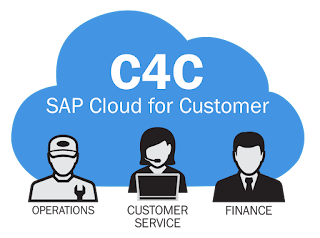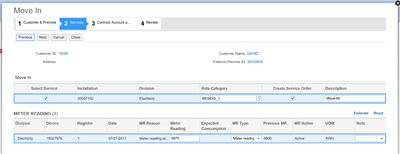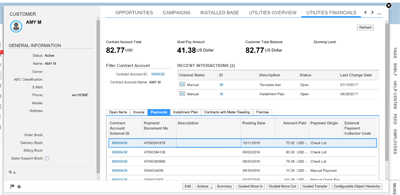Following up on our prior posts about HPC America implementing SAP Hybris Cloud for Customer (SAP C4C) at a utility company, we’re in the final stages to go-live later this month. This is the first-ever — in the world! — integration of SAP C4C with on-premises ECC - IS-U via the SAP Cloud Platform Integration (formerly known as SAP HANA Cloud Integration or HCI).
After building a fully populated PoC with all customers connected to the sandbox ERP and performing exhaustive user acceptance testing, the utility company’s C4C production tenant has been requested and created. We’ll connect it to their on-prem SAP production ECC 6.0 system, move transports from QAS into PRD, install the cloud connector, install SOAP runtime, add the communication arrangements to the middleware, set up Webservices, and start replicating business partners. We’ll then validate that the data is correct.
One of many unique aspects to this project is that the utility company will NOT transition all users off of CIC when C4C goes live. Some will continue to use the legacy CIC0 functionality. HPC configured C4C and CIC to communicate back-and-forth, such that the contact log in CIC is automatically updated with data from C4C, and vice versa. The project team chose this approach to minimize risk and moderate costs. Once C4C is running in production and the call center team has real-world hands-on experience, we’ll roll it out the the rest of the organization.
For this first phase, the following Hybris Cloud for Customer functionality will be live:
- Utilities Financials
- Utilities 360
- Utilities Overview
- Installment Plans
- Ticketing
Learn more about HPC America's expertise in SAP Hybris Cloud for Customer (C4C) for utility companies on SAP.






 ShareThis
ShareThis













